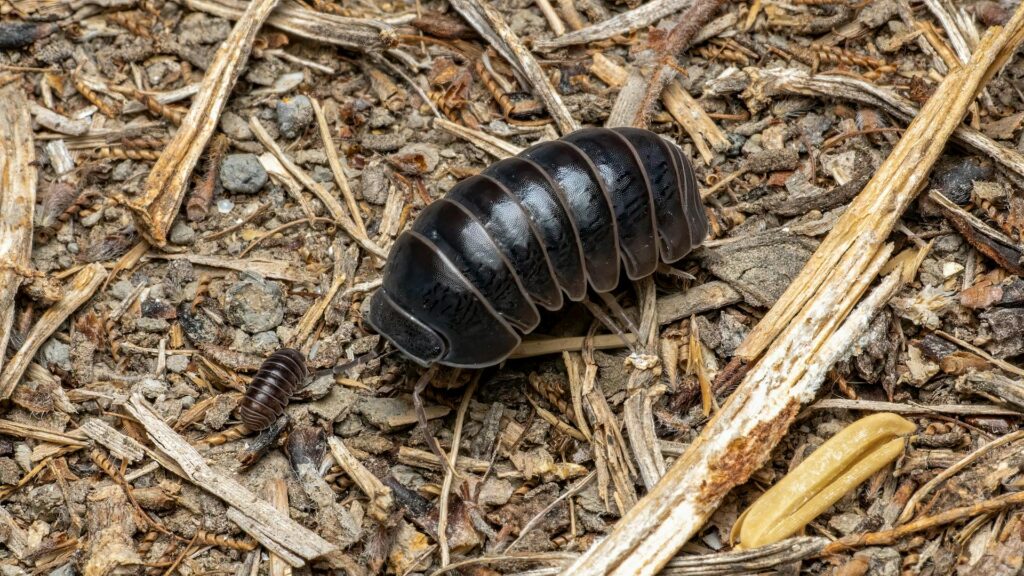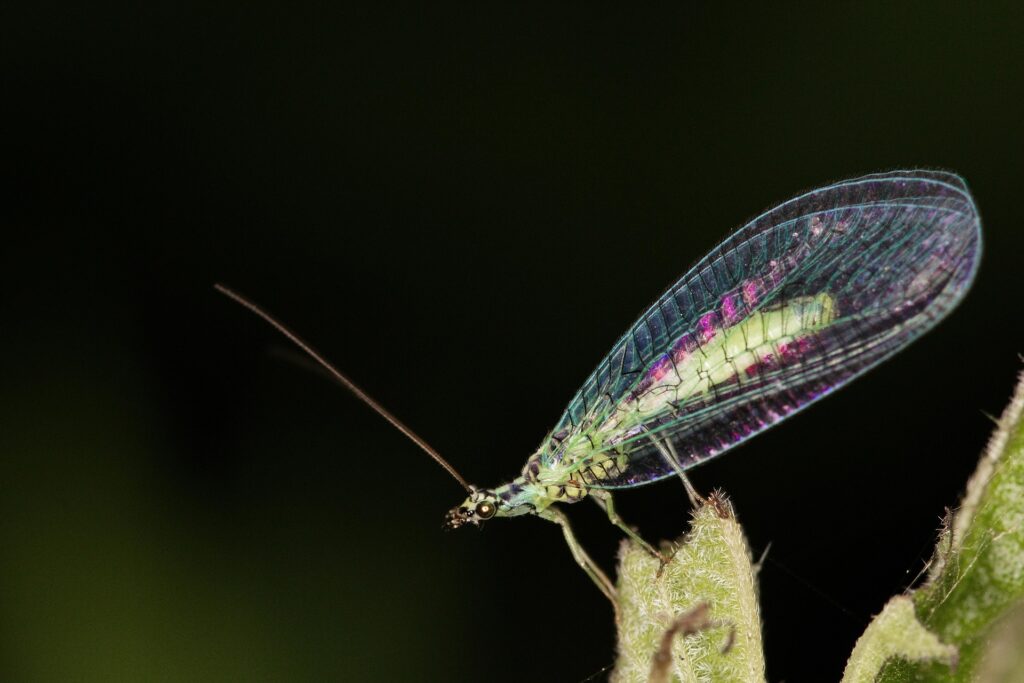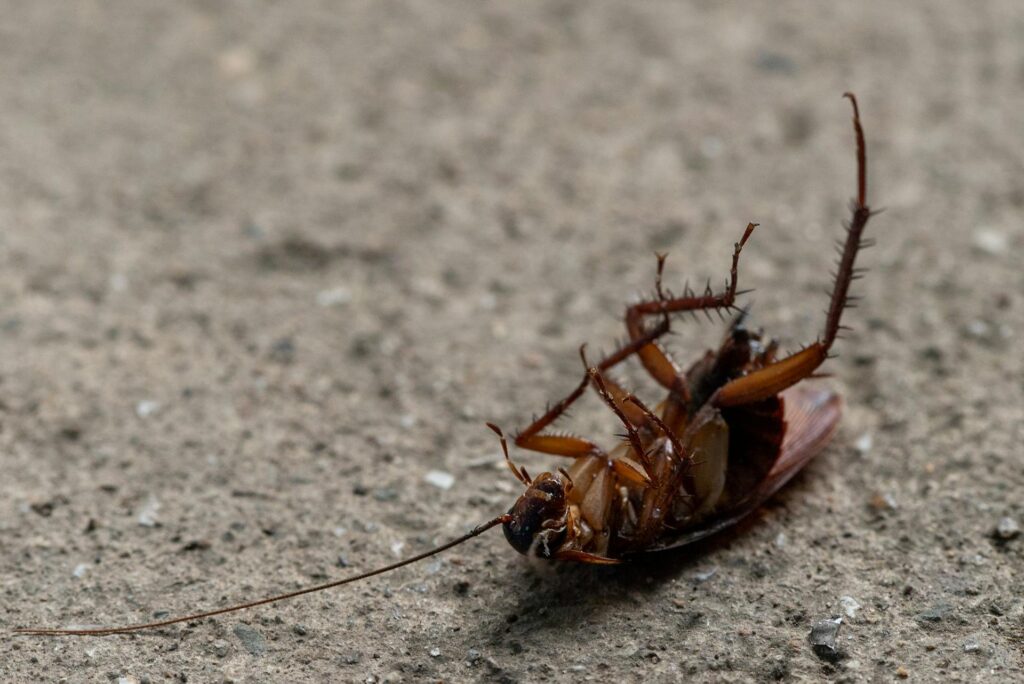You spot a small, pale, fuzzy ball tucked into the corner where your bedroom wall meets the ceiling. At first glance, it resembles accumulated dust or lint, but closer inspection reveals a more unsettling reality—you’re looking at a spider egg sac. This discovery triggers an immediate wave of concern as you realize what this innocent-looking structure represents: potentially hundreds of spiderlings preparing to emerge and establish themselves throughout your home.
This scenario highlights why understanding spider control requires recognizing reproductive threats before they develop into full infestations. Spider egg sacs represent concentrated breeding activity that can rapidly transform a minor spider presence into a significant indoor population requiring professional intervention.
What Does a Spider Egg Sac Look Like?
Spider egg sacs represent protective structures that female spiders construct to house and safeguard their developing offspring during vulnerable incubation periods. These remarkable reproductive containers demonstrate sophisticated engineering designed to protect eggs from environmental threats while providing optimal conditions for embryonic development.
- Physical characteristics: Most spider egg sacs measure 5-15mm in diameter with round, oval, or teardrop configurations depending on species-specific construction patterns. They display papery or silky textures created from specialized silk proteins that provide both flexibility and protective strength. Coloration typically ranges from white to cream or light brown, though some species produce darker or more colorful variations.
- Construction materials: Female spiders utilize multiple silk types during sac construction, including dragline silk for structural framework and aggregate silk for adhesive properties. This combination creates durable containers capable of withstanding environmental stresses while maintaining optimal internal conditions for developing embryos.
- Contents and capacity: Individual egg sacs typically contain 100-300 eggs, though some species produce significantly larger or smaller clutches based on their reproductive strategies. The eggs remain suspended within the sac through specialized silk supports that prevent damage during the development period.
- Development timeline: Most spider eggs require 2-4 weeks for complete development, depending on temperature conditions and species-specific requirements. Once hatching occurs, spiderlings may remain within the sac for several additional days before dispersing throughout the surrounding environment.
Why You Should Take It Seriously
One spider egg sac may seem manageable, but waiting creates exponentially larger problems. Understanding why immediate action matters helps prevent a minor discovery from becoming a major infestation.
Key risks of delayed action:
- Population explosion: Single sacs contain 100-300 eggs that hatch within 2-4 weeks.
- Rapid dispersal: Spiderlings scatter immediately across walls, ceilings, and hidden spaces.
- Quick reproduction: Young spiders reach maturity in 2-3 months, creating secondary egg sacs.
- Treatment complexity: Established populations require extensive interventions across multiple locations.
Early removal prevents hundreds of spiderlings from establishing territories throughout your home while keeping elimination efforts simple and manageable.
What to Do Immediately
Proper spider egg sac removal requires careful techniques that prevent accidental release of developing spiderlings while ensuring personal safety during the elimination process. Understanding appropriate removal methods helps avoid common mistakes that can worsen spider population problems.
Essential safety preparations:
- Wear protective gloves to prevent potential spider bites during removal activities
- Use eye protection when working in elevated locations or dusty environments
- Ensure adequate lighting to properly identify egg sac locations and attachment points
- Have disposal materials ready before beginning removal procedures
Recommended Removal Techniques
Here are some recommended methods for ridding your home of spider egg sacs:
- Vacuum removal method: Use vacuum attachments with hose extensions to carefully remove egg sacs without direct contact. Ensure the sac enters the vacuum chamber intact to prevent spiderling release. Immediately dispose of vacuum bags or empty bagless containers into sealed outdoor trash receptacles.
- Physical collection approach: For accessible locations, use disposable containers or plastic bags to carefully collect egg sacs. Avoid squeezing or puncturing the structures during collection. Seal containers immediately and dispose of them in outdoor garbage collection areas.
- Surface treatment: After egg sac removal, thoroughly clean the attachment area using appropriate disinfectants or alcohol-based solutions. Remove any remaining silk residues that might attract additional spider activity.
Preventing More Sacs
Effective spider egg sac prevention requires comprehensive approaches addressing the environmental conditions that attract reproductive female spiders seeking suitable nesting locations. These strategies focus on eliminating attractive features while creating less hospitable conditions for spider establishment.
Environmental modifications:
- Reduce indoor humidity levels through improved ventilation and dehumidification in basements, crawl spaces, and storage areas
- Eliminate standing water sources that attract insects and create favorable microenvironments
- Remove excessive clutter that provides harborage opportunities for both spiders and their prey species
- Maintain regular cleaning schedules that disrupt web construction and egg-laying activities
Structural improvements:
- Seal gaps around window frames, door frames, and utility penetrations that provide spider access routes
- Repair damaged screens and weatherstripping that enable outdoor spider entry
- Address foundation cracks and basement vulnerabilities that connect indoor spaces to outdoor spider populations
- Improve lighting strategies that reduce insect attraction near entry points
Landscape management: Maintain vegetation clearance around building foundations, remove brush piles and debris accumulations near exterior walls, and trim tree branches that provide spider highways to roof and upper-story access points.
Think You’ve Found an Egg Sac?
When dealing with spider egg sac discoveries that indicate established populations, Aptive’s pest control experts can help. Our pest control service will perform a detailed inspection to assess the situation and develop a customized treatment plan based on the specific spider species and environmental factors supporting their reproductive activity. We’ll identify whether you’re dealing with common house spiders, potentially dangerous species requiring specialized handling, or widespread infestations affecting multiple areas of your home.
If you’ve discovered spider egg sacs or suspect ongoing spider reproductive activity despite your prevention efforts, contact Aptive today for a free quote. Our experts can evaluate your specific spider challenges and structural vulnerabilities, recommending the most effective solutions to eliminate current populations and prevent future egg-laying activity through comprehensive environmental management strategies.
Spider Egg Sac FAQs
Here are common questions homeowners ask when discovering spider egg sacs in their homes.
Q: How many spiders can emerge from a single sack?
Spider egg sacs typically contain 100-300 eggs, though the exact number varies significantly based on spider species and individual reproductive capacity. Wolf spiders may produce sacs with 50-100 eggs, while some house spider species can create sacs containing 200-400 eggs. Not all eggs survive to hatching, but even 50-70% survival rates can introduce dozens of spiderlings into your home environment from a single discovered sac.
Q: How long before spider eggs hatch?
Most spider eggs require 2-4 weeks for complete development under typical indoor temperature conditions. Warmer environments may accelerate this timeline, while cooler conditions can extend the incubation period. Some species demonstrate seasonal timing that delays hatching until optimal environmental conditions occur. Once hatching begins, spiderlings may remain within the sac for several additional days before emerging and dispersing throughout available spaces.
Q: Can I prevent spiders from laying eggs in my home?
Yes, through comprehensive prevention strategies addressing spider attractants and access routes. Key approaches include eliminating excess moisture that attracts both spiders and their insect prey, reducing indoor lighting that draws insects near entry points, maintaining regular cleaning schedules that disrupt web construction, sealing structural gaps and entry points, and managing outdoor vegetation that provides spider highways to your home. While complete prevention remains challenging, these strategies significantly reduce the likelihood of indoor egg-laying activity.









